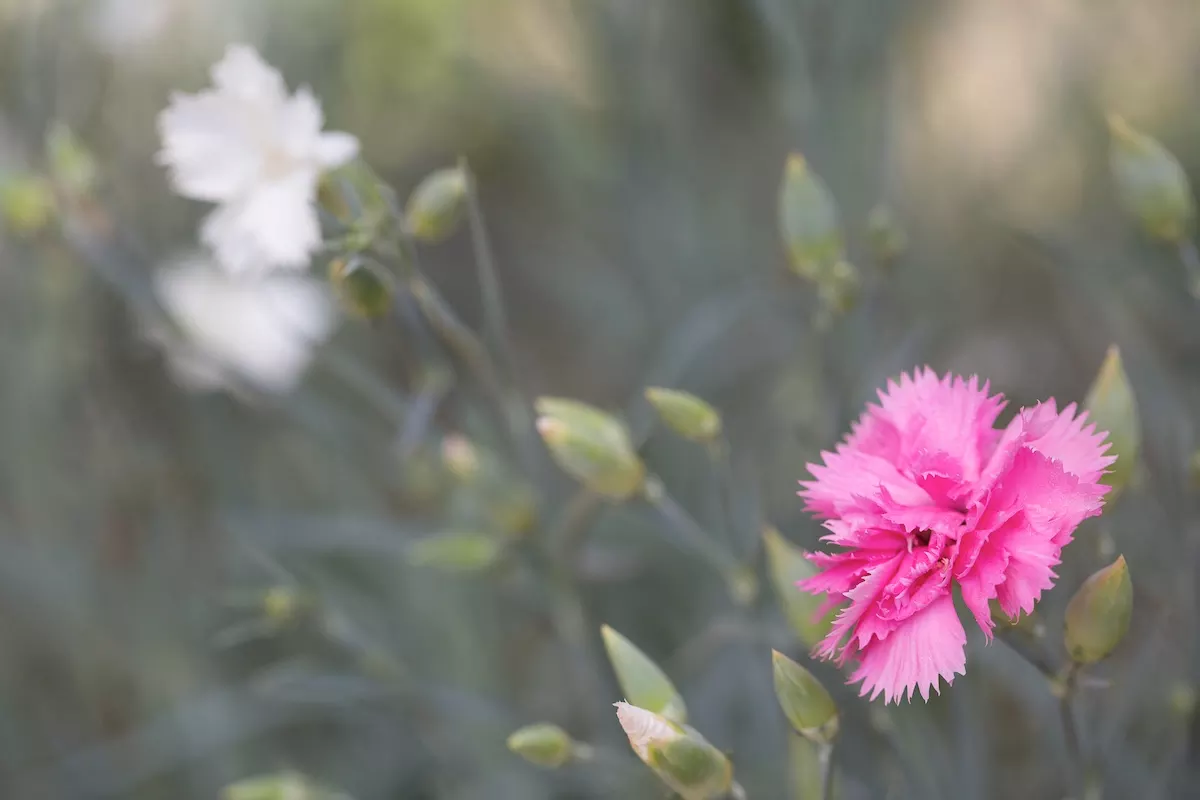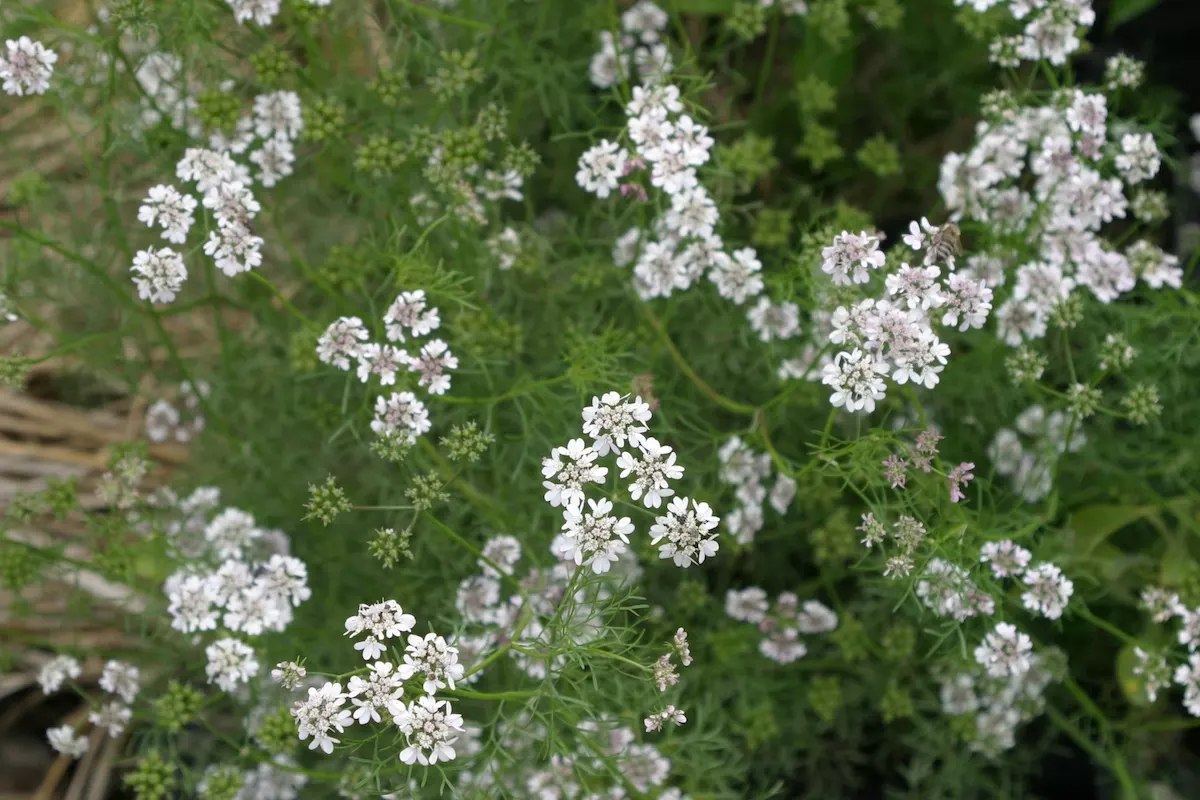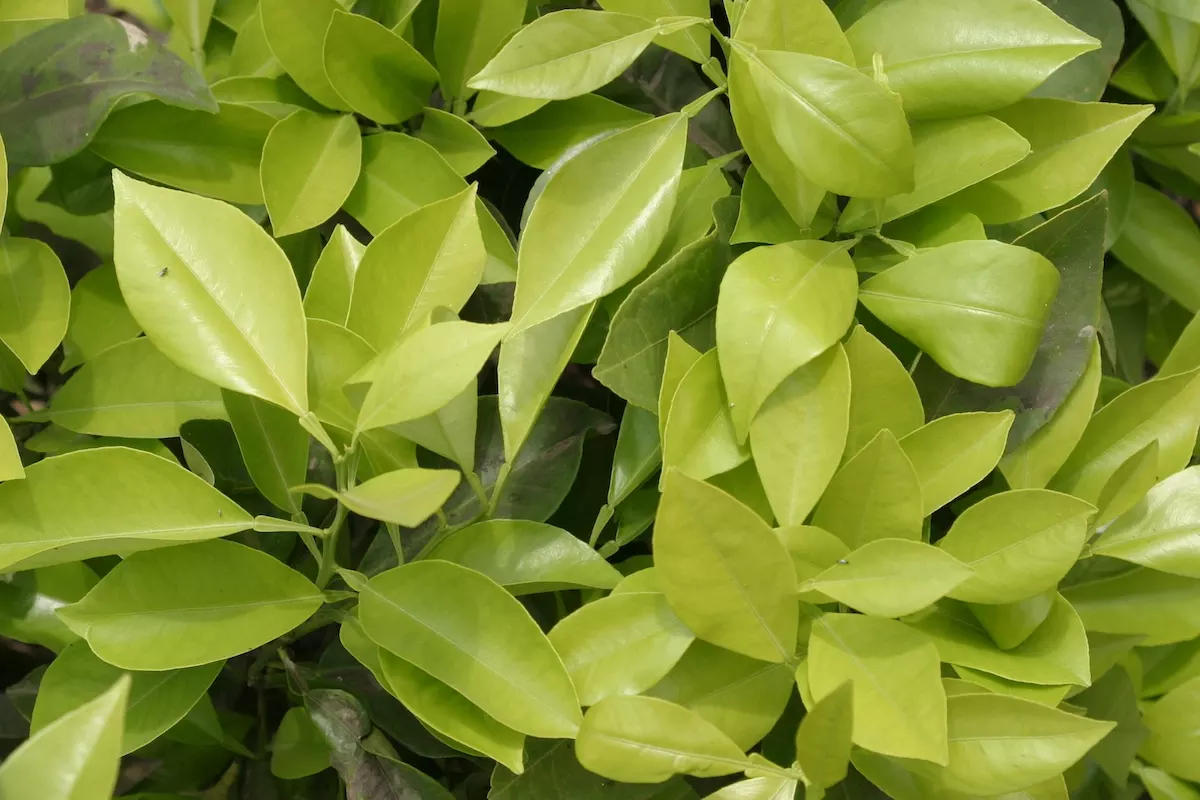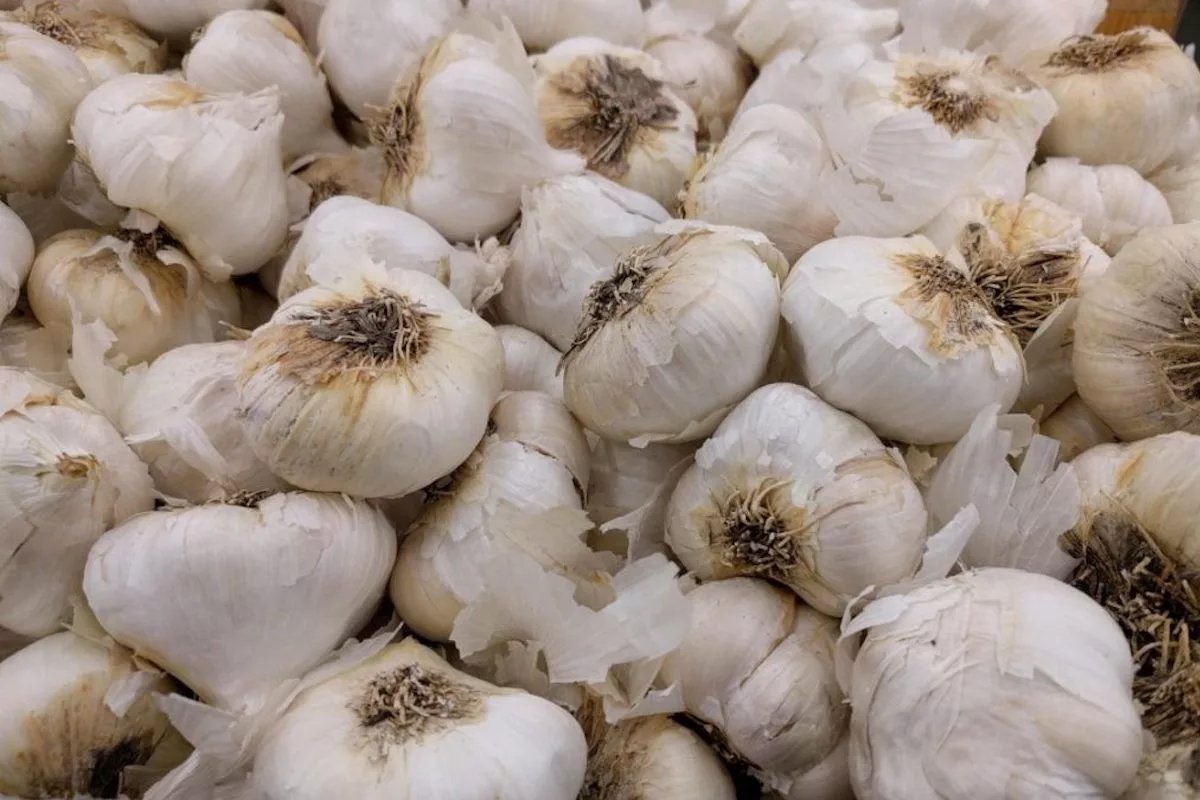
Onion oil
June 13, 2021
Cassie concrete & absolute
April 1, 2021
Carnation concrete & absolute

Production Method
A concrete is obtained by solvent extraction of the fresh (pink, white, and red) blossoms (no selection performed); the absolute is obtained by separation using alcohol. Wax is the by-product of the absolute manufacturing. AF&Co. produces a certified 100% Organic Carnation Extract (under EU, USDA-NOP, and Biodynamic standards). Cultivated in most European countries, and the U.S.A. — where concretes used to be produced during the mid-20th c. — the production of Carnation concrete and absolute are, today, entirely an Egyptian affair.
Uses
In Perfumery, used sparingly in modern fragrances and cosmetics, both for its olfactory qualities and as an excellent fixative “where it adds interesting notes to rose, lily, narcissus, etc. It blends well with lavender, ylang-ylang, clary sage, castoreum-like bases. Its very sweet, honey-faceted, somewhat herbaceous, heavy and tenacious, floral-spicy (eugenol = clovey) fragrance, reminiscent of the odor of the live flowers in high dilutions, imparts «sophistication» in high-end perfumes.” Arctander, S., “Perfume and Flavor Materials of Natural Origin”, 1960. “Several carnation perfumes have been created, notably “Œillet du Roy” (1907) and carnation notes appear in many perfumes such as “Origan”, “L’Air du Temps” Fidji”, “Interdit, “Mitsouko” and “Tabu”, to name but a few.” Burfield, T. “Natural Aromatic Materials – Odours & Origins” (2000). In Flavors, Absolue Œillet is not that well not, but flavorists would gain from using it more openly, benefitting from its very interesting floral-spicy-honey facets in numerous applications from confectionery, to ice cream and tea flavorings. In Aromatherapy, Absolue Œillet is not that well known either and is therefore scarcely used. It finds uses in the fragrance compositions of product lines (shampoos, soaps, etc.) not directly related to core aromatherapy applications.
Botanical Origin & Historiography
Carnation is a native of the Mediterranean. Its extensive cultivation over the past 2000 years (mentioned in Greek literature as far back) has blurred the lines of its exact original range. The term dianthus was coined by Greek botanist Theophrastus, and is derived from the Ancient Greek words for divine ("dios") and flower ("anthos"). The name "carnation" is believed to come from the Latin corona-ae, a "wreath, garland, chaplet, crown", as it was one of the flowers used in Greek and Roman ceremonial crowns, or possibly from the Latin caro (genitive carnis), for "flesh", which refers to the natural color of the flower, or in Christian iconography incarnatio, "incarnation", God made flesh in the form of Jesus. But Christianity is not alone conveying devotion to Carnations. The Muslim Ottomans also have strong symbolisms with Carnations. Red Carnations and Tulips are often used on the interior wall paintings of mosques in Turkey. It is often said that while Tulips represent God, Carnations are the symbol for Muhammad. These flower designs are also used in many other Ottoman traditional art forms. Carnations also celebrate Mother’s Day, and represent love, fascination, and distinction. Depending on their color — we extract without differentiation the white, pink, and red Carnation — they also represent pure love, good luck, affection, deep love, and admiration.



